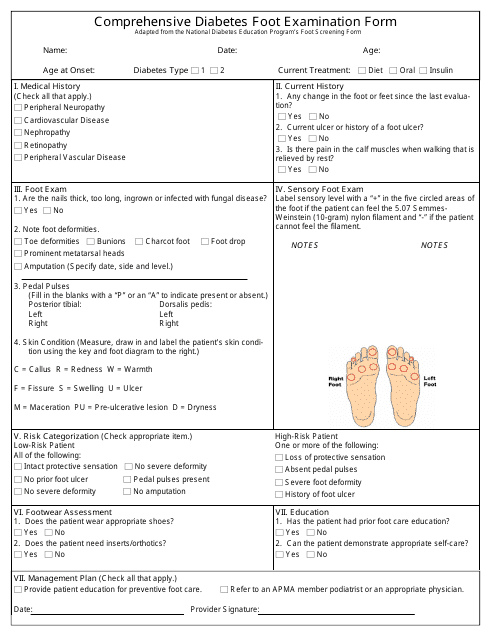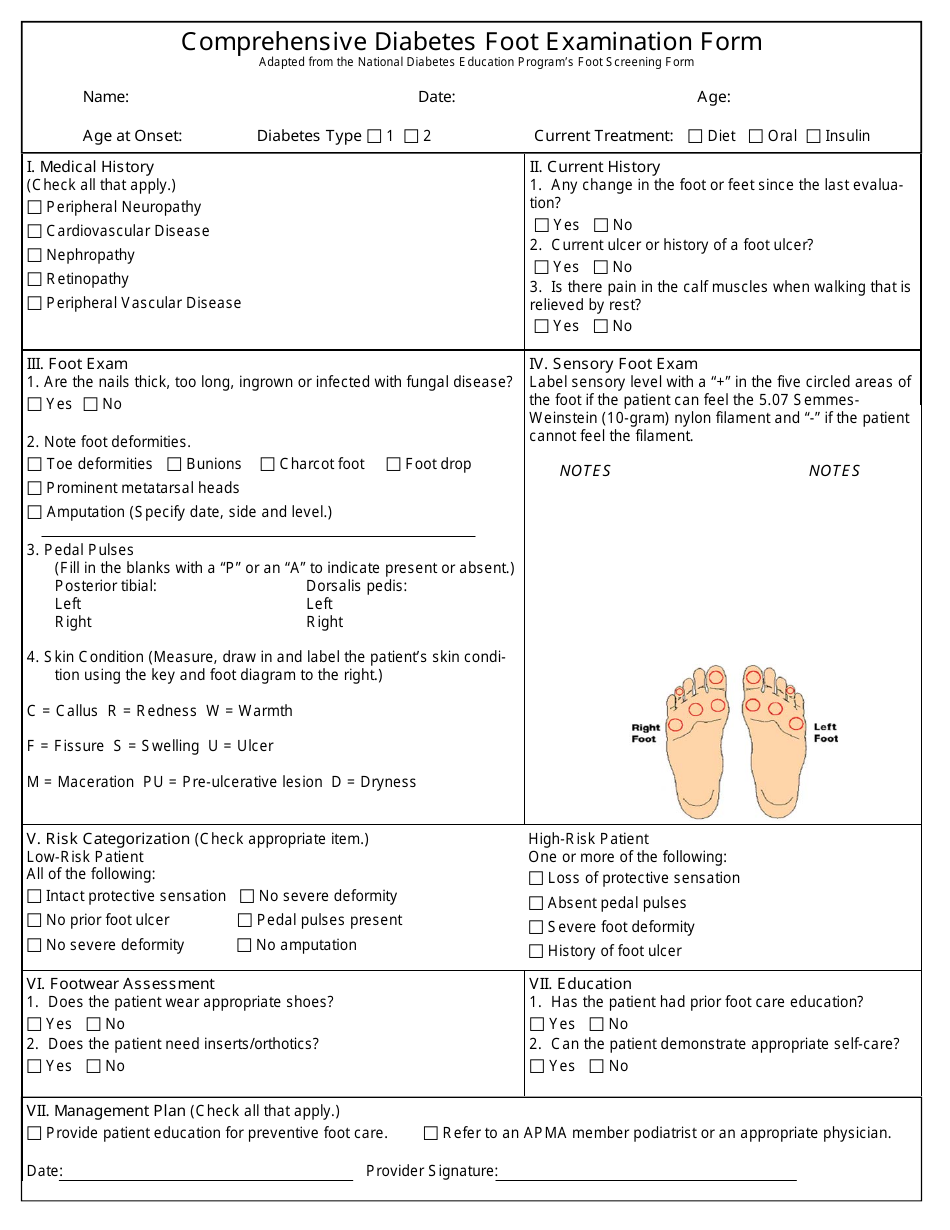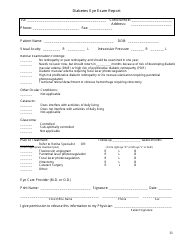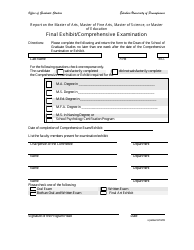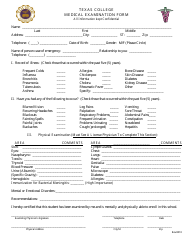Comprehensive Diabetes Foot Examination Form
The Comprehensive Diabetes Foot Examination Form is used by healthcare professionals to assess and monitor the foot health of individuals with diabetes. It helps to detect and prevent foot complications such as ulcers and infections.
In the United States, a Comprehensive Diabetes Foot Examination Form is typically filled out by a healthcare professional such as a doctor or a podiatrist. The form is used to assess the foot health of patients with diabetes.
FAQ
Q: What is a comprehensive diabetes foot examination?
A: A comprehensive diabetes foot examination is a thorough evaluation of the feet of individuals with diabetes to assess their risk for foot complications.
Q: Why is a comprehensive diabetes foot examination important?
A: A comprehensive diabetes foot examination is important because it helps to identify any foot problems or complications that may arise due to diabetes.
Q: What does a comprehensive diabetes foot examination involve?
A: A comprehensive diabetes foot examination involves a detailed inspection of the feet, including checking for any signs of injury, infection, or changes in sensation or circulation.
Q: Who should undergo a comprehensive diabetes foot examination?
A: Individuals with diabetes, particularly those who have had the condition for a long time or have other risk factors, should undergo a comprehensive diabetes foot examination on a regular basis.
Q: How often should a comprehensive diabetes foot examination be done?
A: The frequency of comprehensive diabetes foot examinations may vary depending on individual risk factors, but it is generally recommended to have an examination at least once a year.
Q: What are the risk factors for foot complications in individuals with diabetes?
A: Risk factors for foot complications in individuals with diabetes include having a long-standing history of diabetes, neuropathy (nerve damage), poor blood circulation, foot deformities, and a history of foot ulcers or amputations.
